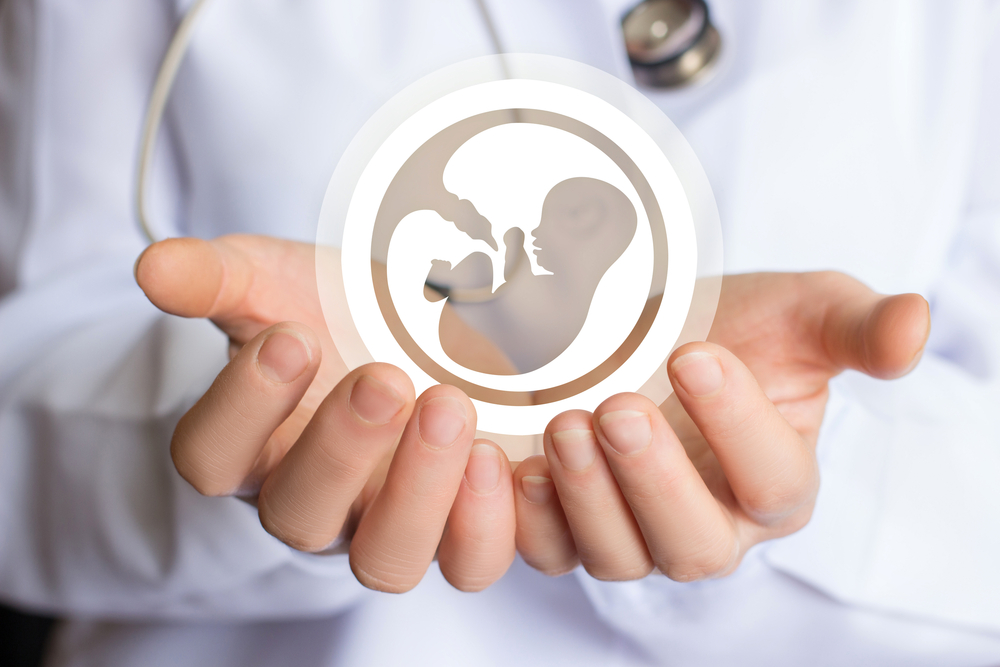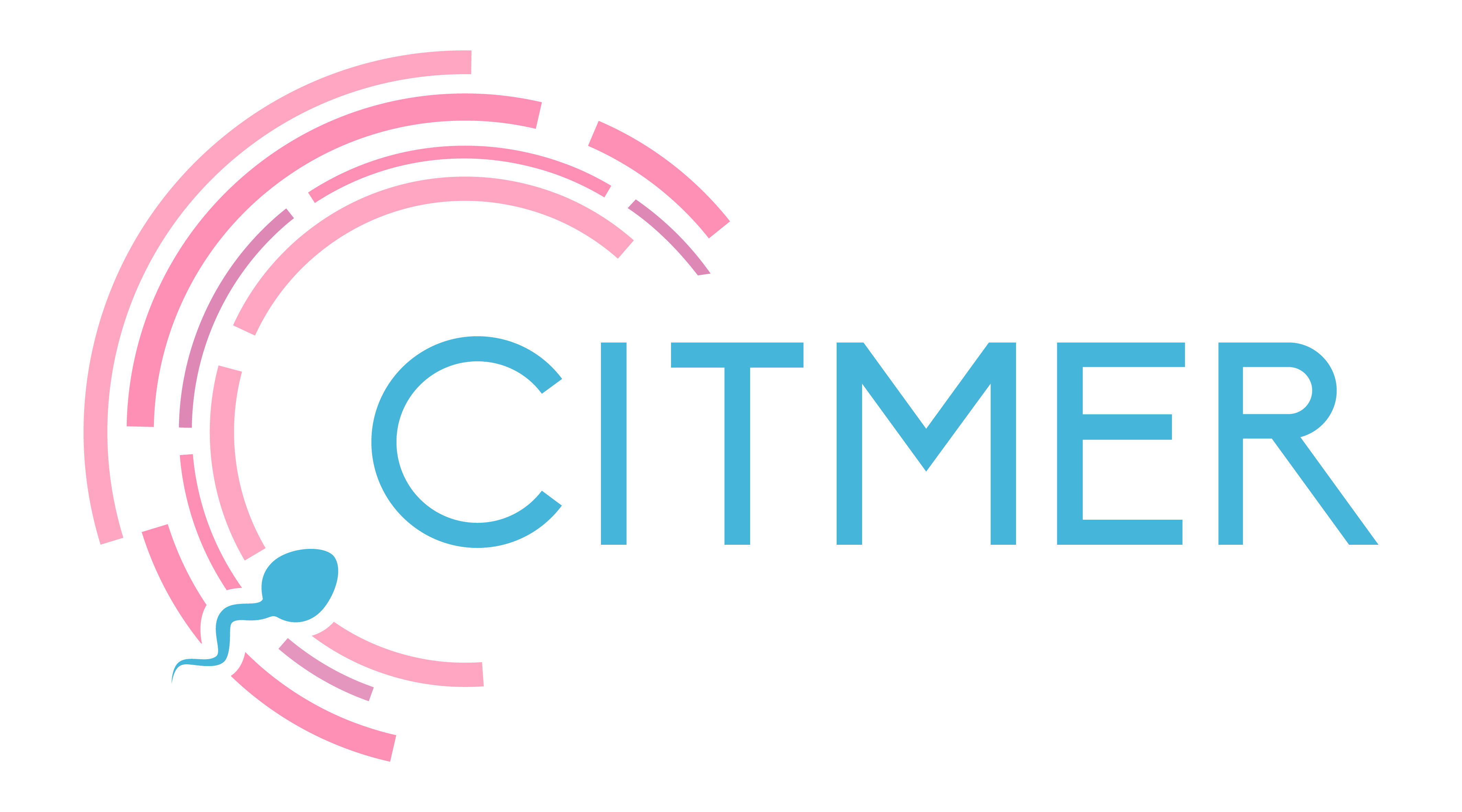Scientific and technological advances in assisted reproduction have made enormous strides in the last 2 decades.
Since the birth of the first baby by in vitro fertilization (IVF) in 1978, not only has the success rate for live births improved, but also the diagnostic possibilities for diseases.
In 1990, the first report of pregnancies diagnosed with a specific genetic disease was made, and the term Preimplantation Genetic Diagnosis (PGD) was coined.
PGD arises from the need to identify diseases that could be inherited and have very severe symptoms. Later, its objective changed, seeking to increase the probability of clinical pregnancy and live birth, reducing the risk of multiple pregnancy and the probability of miscarriage, and in 2002 it was called Preimplantation Genetic Screening (PGS).
In 2017, with the aim of better defining the test, it was named Preimplantation Genetic Test (PGT). To better understand this study we must mention basic concepts of genetics. A gene is a microscopic structure that is found in the nucleus of cells and encodes to give characteristics and functions of all living beings.
A gene is linked to other genes to form a chromosome, which can contain tens of thousands of genes. We could compare a chromosome with a building with tens of floors, and each window of this building is a gene that can be of different sizes.
Human cells contain hundreds of thousands of genes packed into 46 chromosomes; 22 pairs known as autosomes and 1 pair known as sex chromosomes that determine whether an embryo is male or female.

Diseases and genetic alterations
We can divide genetic diseases into chromosomal and monogenic.
Chromosomal diseases occur due to an alteration in the number of chromosomes (aneuploidy) or also in their structure. Speaking of the example, it would be a different number of buildings (greater or less than 46) or alteration in the floors of the building (missing floors or floors that are in a different position or in a different building).
Aneuploidies are the most frequent cause of genetic diseases and usually behave as syndromes (multiple malformations or alterations in the function of an embryo). The most famous and frequent syndrome is trisomy 21 (Down syndrome) but there are other aneuploidies that can behave as syndromes that are also compatible with life such as monosomy X (Turner syndrome), trisomy XXY (Klinefelter syndrome), as well as others not compatible with life such as trisomy 18 (Edwards syndrome) and trisomy 13 (Patau syndrome). Aneuploidies can also be the cause of first-trimester abortion (up to 85%) and failure of assisted reproduction treatments.
Monogenic diseases are alterations in a single gene. They are infrequent and usually present with metabolic alterations that can cause very non-specific symptoms and are sometimes undetectable at birth. In the example, these are altered windows that do not correspond within the building. Among the most frequent are color blindness (inability to differentiate colors) and cystic fibrosis.
The PGT is a test to determine if there are alterations in the chromosomes or alterations in the genes.
How is the PGT performed?
The PGT is performed during an IVF treatment. After obtaining the ovules and fertilizing them with sperm, the embryonic development must be monitored. When an embryo is in good condition, an embryo biopsy is performed. The biopsy consists of taking one or more cells from the embryo in order to carry out its genetic analysis. Initially, during IVF, embryos could only be taken up to the cleavage stage (day 3 of development) since the cultures did not have the optimal conditions to continue their care. Therefore, the PGT was carried out only at this stage. With the improvement in culture media and technology in IVF laboratories, it has been possible to monitor development until the blastocyst stage (day 5 or day 6 of development), which has helped to obtain better results in the test.
The main difference between the 2 stages is that in the cleavage stage, one of the 6 to 10 cells that the embryo has is taken without being able to differentiate them.
Sometimes these embryos would not continue their development, being able to block and not be viable for transfer in the uterus. In the blastocyst stage there are approximately 200 cells and the biopsy can be taken from the external cell mass that will form the placenta, without affecting the internal cell mass that will form the fetus.
Having the cells ready, they are preserved and can be analyzed by different methods. The one currently used is Next-Generation Sequencing (NGS), although even some genetics laboratories can use Fluorescent In Situ Hybridization (FISH) and be useful for certain types of PGT.
Types of PGTs
With the new name of the PGT test we can divide it into the following types:
PGT-A (aneuploidies)
This type of PGT detects the number of chromosomes. 46 is the normal number and a different number is known as aneuploidy. This alteration is the most frequent cause of diseases for the baby, abortions and assisted reproduction treatment failures. This study is recommended for patients with advanced age (+40 years), who have repeated miscarriages, who have semen samples of very low quality or repeated in vitro fertilization (IVF) treatment failures.
PGT-M (Monogenic)
This type of PGT detects specific genetic alterations (monogenic). It is used to detect diseases due to hereditary mutations already detected in the parents.
It is recommended in patients who suffer or are carriers of these pathologies.
PGT-SR (Structural Rearrangement)
This type of PGT detects structural alterations of the chromosomes. It is used for patients who have known alterations in their chromosomes by karyotype study.
It is recommended for patients who usually have recurrent pregnancy loss or children with diseases that have been related to structural alterations of chromosomes of one or both parents.
Combined PGT.
The PGT-A and PGT-M studies are combined. It is recommended when both members of the couple are carriers of a genetic disease and also have some factor to carry out aneuploidy study such as advanced maternal age or male factor with severe alteration.
There are new tests that are not yet used for preimplantation genetic diagnosis but that we will surely be able to see in a few years. The extended PGT seeks to find not only monogenic diseases, but also polygenic diseases that do not have an obvious inheritance. This technique is not yet applicable due to costs and ethical issues.
The PGT is currently invasive (need for embryo biopsy) but it is expected that in a few years non-invasive techniques, such as the analysis of the substances produced by the embryo or the DNA obtained from the culture fluid, can replace and improve diagnoses.
In conclusion, the PGT is a very useful test that allows us to determine the presence of aneuploidies or structural alterations, monogenic diseases, as well as to determine the embryonic sex. With this, the rate of implantation and live birth can be improved, and the risk of a baby with a genetic disease can be reduced. However, it is still not recommended to perform it routinely in all patients. The cost benefit of the test remains questionable in young couples or those who do not have a history in their medical history to justify it.
Get closer to our experts at CITMER. We want to be part of your story. We know we can help you.



